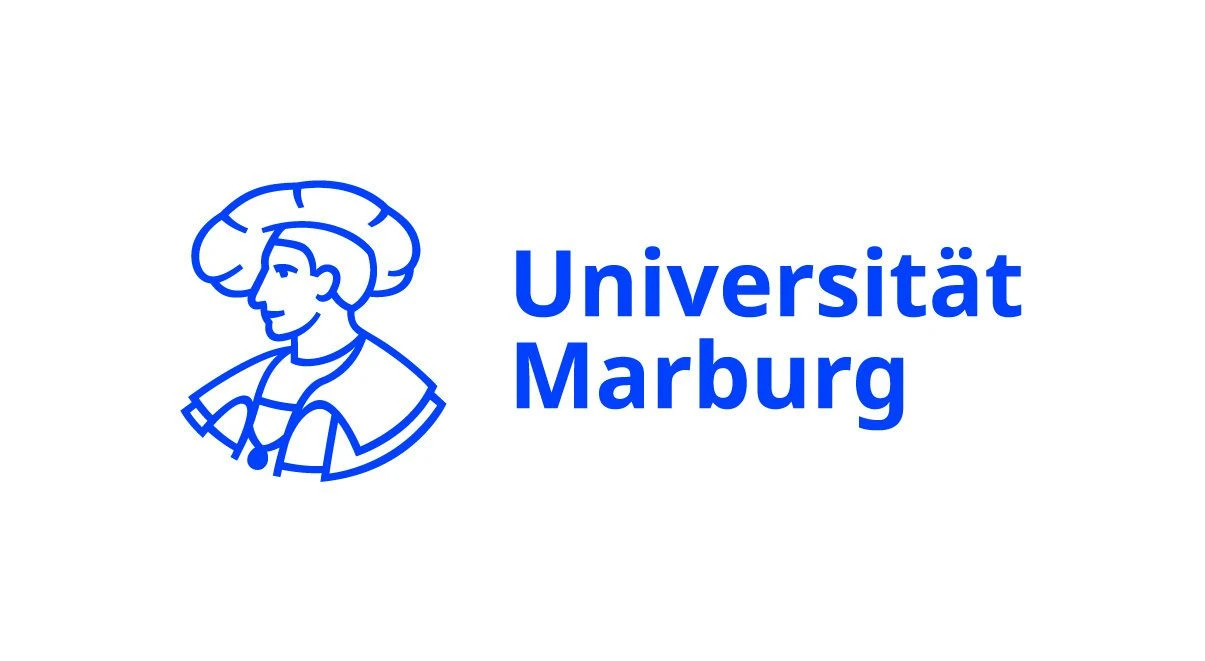Project Area A
The six projects of project area A focus on the dynamics of coverage and generosity of social policy areas in a global and historical perspective. In total, eight policy fields are analysed in project area A - pensions, work injury and unemployment compensation, health and long-term care, labour law, family policies and education. All projects collect data on coverage and generosity and feed it into the WeSIS information system.
The macro-quantitative analyses to identify the determinants of social policy dynamics worldwide are supplemented by more in-depth country studies in order to take into account the special features of social protection in the Global South.













